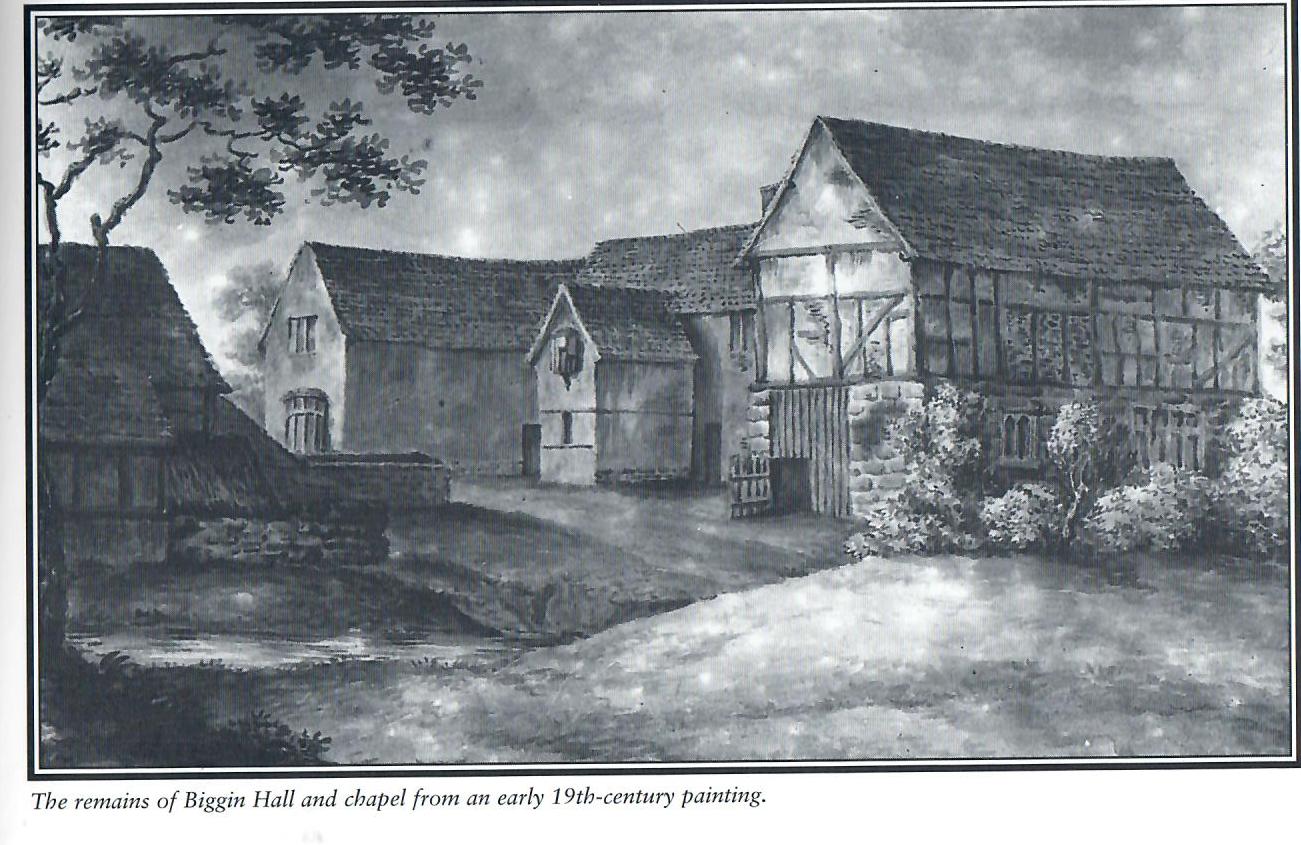
The long awaited More 4 programme, the Great British Dig: history in your back garden, was finally broadcast on Monday 9th May.
The programme, which is presented by Hugh Dennis, took to the streets of Stoke last September, in search of the long lost Biggin Hall. The Hall, which today is only remembered through a street name and a pub, had a long history dating back to medieval times.
The programme explored the history of Biggin Hall, which was a monastic grange under the control of St. Mary’s Priory. It provided food and materials for the priory and its monks.
Based at the Coventry and North Warwickshire Sports Club on Binley Road, the team dug trial trenches in the gardens around Biggin Hall Crescent. The hall itself is inconveniently located under the road but its surroundings are now covered by gardens in the area. Initially the team tried to establish whether there was a moat surrounding the Hall. It turns out that there wasn’t, but that the Hall had been located with a water course on three sides. This was more of a decorative feature than a defensive one.
Some of the top layers revealed modern items and evidence of the Coventry blitz, but further down was evidence of the monastic life, including pottery and building materials. The picture that emerged was that the hall was much grander than a simple monastic grange. There was evidence of carved brickwork on the buildings, which covered a much larger area than expected.
There was also evidence that the grange had been used for more than just agricultural purposes, with artifacts demonstrating the manufacture of glazed tiles, glassware and metallic objects.
Historian David McGrory has added some more information about the Hall. David tells us that historically the name Biggin was written in at least three ways: Bigging, Bygging or Bugging and was said to be a Scandinavian word meaning habitation or building.
Biggin was mentioned in the Domesday book as held by Thorkil. From him Wulfric held a hide with two villeins, a boarder a slave and one plough. Ralph also held a hide there from Thorkil. Before the Conquest it was held by Wulfstan.
In 1280 the Prior was the owner of the moated hall. After the Dissolution it was acquired by Coventry Corporation and in 1655 the tenant of the hall was William Partridge, Doctor of Physick.
In 1766 it belonged to the Drapers Company who in 1923 were still described as Lords of the Manor. It was let in that year (1766) to Samuel Carter, a farmer. In 1818 part of the buildings was used as a Sunday School and the rent was paid by Johnathan Bray of Biggin.
In 1840 it was occupied by James Duggins. In around 1819 a gentleman named George Sharp who was born in the manor said in his younger days it was a large stuccoed hall made into two, with remains of an old chapel made of stone attached. In the 19th century it was still used as a farm and remains of the chapel could still be seen in the building on the right.
By 1923 all that remained were the moat and some stonework and even that was cleared away when the housing estate was built.

You can watch the programme on the All 4 catchup channel.
